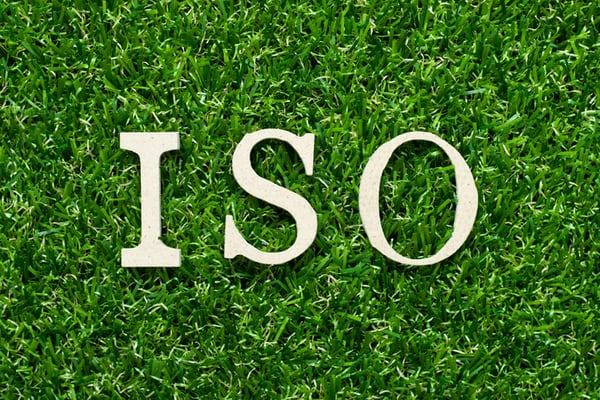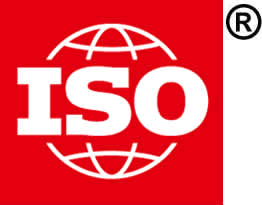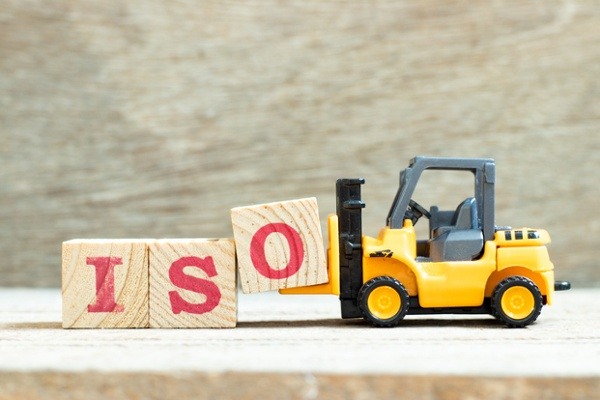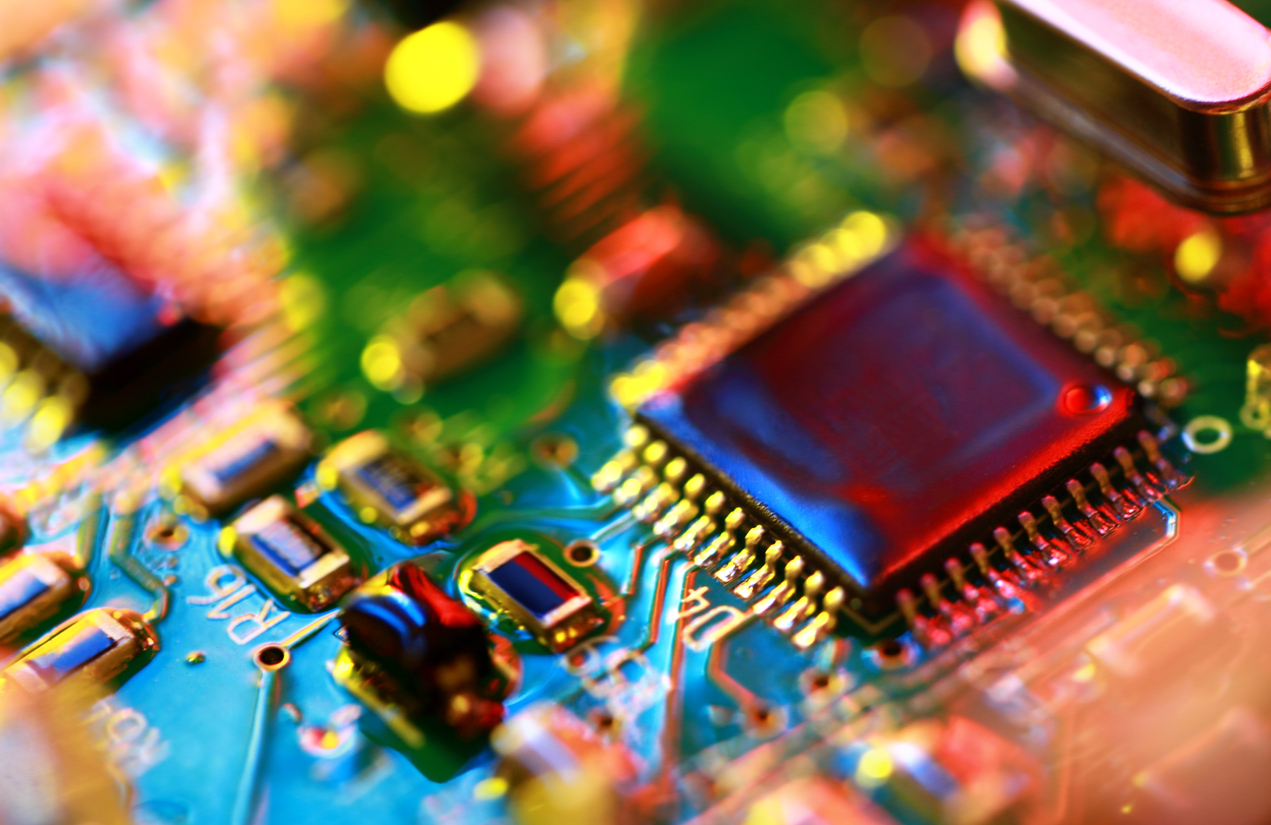Is Your ECM Giving You the 5 Benefits of ISO 14001 Certification?
With a practically worldwide push toward environmental responsibility, more companies are choosing to -- or have no choice but to -- demonstrate that...
3 min read
 Matric Group
:
Mar 13, 2024
Matric Group
:
Mar 13, 2024
 If you’re looking for an electronics contract manufacturer, what are the most important factors you consider? Is it the price or quality of the product? Maybe it’s Nadcap or AS9100 compliance.
If you’re looking for an electronics contract manufacturer, what are the most important factors you consider? Is it the price or quality of the product? Maybe it’s Nadcap or AS9100 compliance.
For some product makers, the choice of who to contract with comes down to environmental impact. ISO 14001 helps companies develop an environmental management system that reduces their waste while also lowering their costs.
But what is ISO 14001, and why should you truly care about it?
So, what actually is ISO 14001? In short, it's an international standard that outlines requirements for an effective environmental management system. It allows all organizations to follow a framework for establishing environmental performance requirements.
This means that a company has more flexibility in meeting environmental goals and maintaining compliance with a variety of standards, like REACH or RoHs.
When organizations integrate ISO 14001 with other management systems, such as ISO 9001, there are increased opportunities in accomplishing pre-set organizational goals.
The ISO 14001 framework is beneficial because it can be used within an approach for continuous improvement known as the plan-do-check-act approach.
Topics of interest at the highest level of ISO 14001 include:
Perhaps most importantly, ISO 14001 is relevant for all organizations — regardless of sector, industry, size, or location. So how does it affect electronics manufacturing?
The primary focus of ISO 14001 is to identify waste. For electronics manufacturers, that is no small task.
By reducing overall waste, companies can also lower their costs, all while doing their part to protect the planet. According to ISO 14001, waste should be identified across the three production stages:

This stage is concerned with the supply of raw materials. Regardless of whether a company buys raw materials or finished goods, whenever a "value add" task is completed, you can probably find waste in the process — if you know where to look.
When a company orders raw materials, is it ordering extra or just the right amount? What happens to that extra material after the production run?
Analyzing which parts of the supply chain create the most waste is quite an undertaking, so it's important to get all company members involved.
This stage is where companies have the most control over the product's life cycle. Waste in this stage can be defined as:
As you can see, there are a lot of opportunities to find waste. If consumables are categorized accurately and the production process outputs are measured, companies will be able to calculate the relationship between the two variables and create a policy to decrease waste and costs.
Under ISO 14001, organizations must be responsible for the entire product life cycle. This means that product designs should consider what happens to the product after it leaves the manufacturing plant.
One way to do this is to design electronics so they can easily and safely be:
Consider the massive amount of electronics used in today's society. Then consider the effect on the environment if there were no rules governing electronics disposal. All organizations must consider the materials going into the product to increase recyclability and comply with legislation for handling and disposal.
ISO 14001 is an extremely beneficial standard for companies looking to improve their environmental management systems. Adhering to ISO 14001 can:
By having an effective environmental management system, you can take advantage of opportunities for company growth and protection of the environment in different ways. While developing an ISO 14001 environmental management system won’t yield short-term results, the long-term benefit will be worth the effort.
ISO 14001 lays the foundation for proper management tools, and while it might apply heavily to environmental impact, the same principles apply to other areas of a company as well.
Constant improvement sets good electronics manufacturers apart from the bad ones. ISO 14001 is an important tool in the good electronic contract manufacturer’s toolbox.
To learn more about what standards contractors need in their day-to-day, check out our Standards and Compliance Guide.
(Editor's note: This blog was originally published in March 2021 and was updated in March 2024 to reflect the most up-to-date information.)

With a practically worldwide push toward environmental responsibility, more companies are choosing to -- or have no choice but to -- demonstrate that...

Medical device companies looking for a PCB design and assembly partner have many important factors to consider, all with the end user’s well-being at...

It seems simple enough. If you’re a manufacturer who uses electronic components to build your products for American or international markets, you...